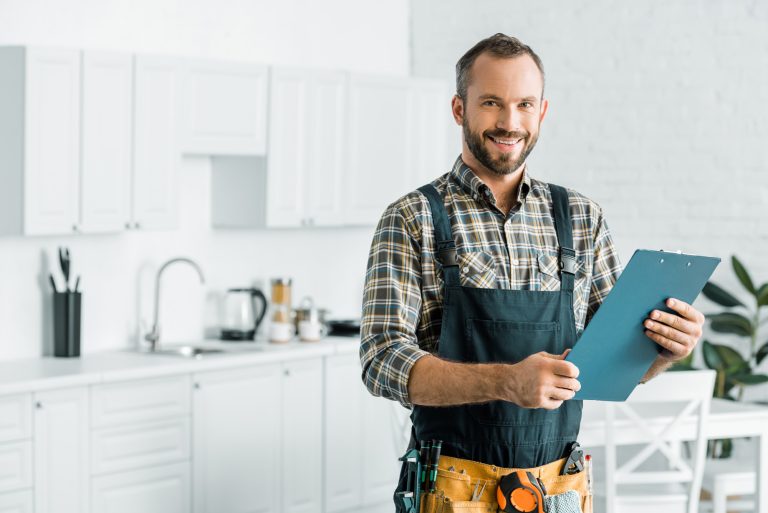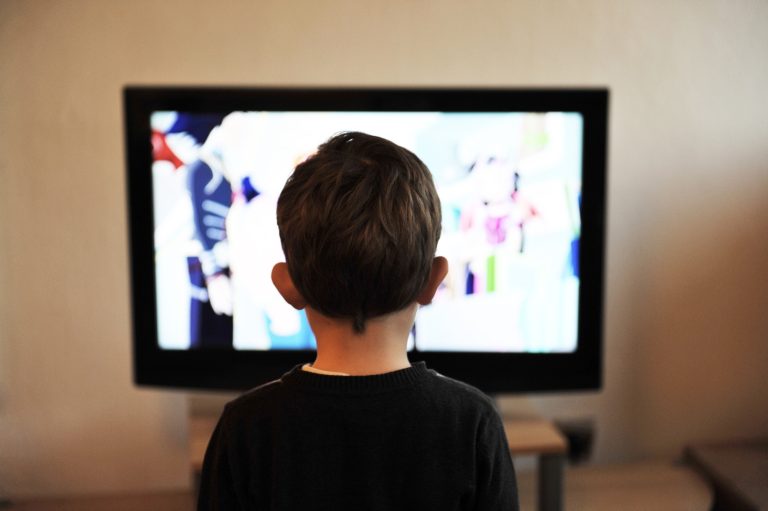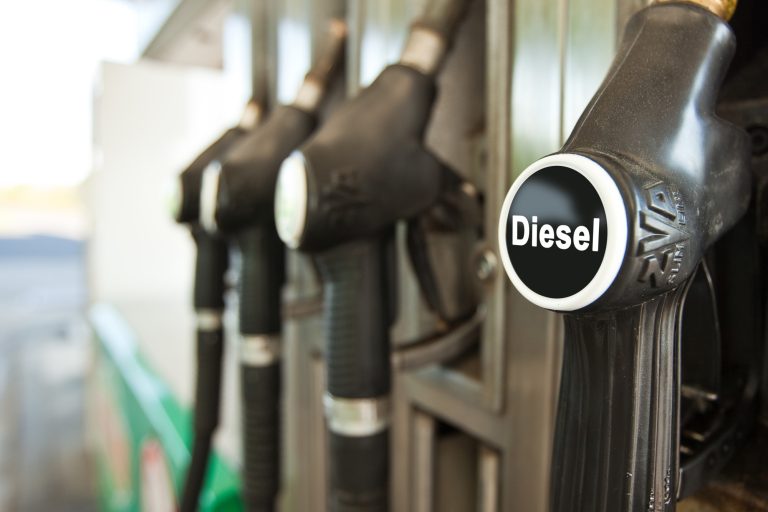3 Steps to Take When Your Home Has a Plumbing Emergency
Are you confused about what to do when your home has a plumbing emergency?
Plumbing emergencies can be stressful and disruptive to your everyday life. They occur without warning, and when they do, you’ll be glad you have a plan in place for what comes next.
If you’re not sure where to start, keep reading for our top tips on plumbing maintenance and the steps to take when your home is experiencing a plumbing problem.
1. Turn Off Your Main Water Supply
When your home has a plumbing emergency, the first step to take is to turn off the main water supply. This can be done by using the shutoff valve near the water meter. Do this right away, as it will prevent further flooding and damage.
However, if you cannot locate the main shutoff valve, you can also turn off the water at the faucets and toilets. Once the major water supply is shut off, contact a professional plumber right away. They will identify the cause of the emergency and make sure that it is fixed.
Besides that, always remember to keep safety as your top priority during any plumbing emergency. Avoid touching any exposed wires, and never try to repair a plumbing emergency on your own.
2. Find a Reliable Emergency Plumber Who Can Provide 24/7 Service
If there is a plumbing emergency in your home, the first step is to hire an emergency plumbing 24 7 service. This means you should contact local plumbing companies in your area and inquire about their emergency services. Ask them if they have plumbers available to help you with any plumbing problems.
Also, check online for customer reviews about their services and professionalism. Once you find a reliable emergency plumber, make sure you get their contact information and call them to assist. In addition, it is good to have an emergency kit in your home that can help you in case of plumbing issues, such as a pipe wrench, plumbing tape, and a shutoff valve.
With these tools, you can shut off the water supply and help prevent more damage.
3. Check Other Rooms and Appliances in the House
When your home has a plumbing emergency, it is important to check other rooms and appliances in the house. Start by checking the water heater, bathtub and shower drains, and any outside faucets. Look for any discoloration, unusual odors, or signs of leaking or dripping.
If you find any of these signs, it could mean a plumbing issue. If clogs are present, unclog them to see if the issue is resolved. Then, turn on the faucets throughout the house, one at a time, to see if any of them gurgle or show other signs of plumbing malfunction.
Pay attention to how the water flows and look for any standing water. If standing water is present, contact a professional plumber immediately to address the problem. Be sure to provide details of what you found during your inspection.
Plumbing Emergency You Need to Know
In conclusion, a plumbing emergency can be a serious issue that needs to be addressed quickly. Proper preparation and understanding of what to do are key factors in preventing damage and ensuring a safe home.
If you ever find yourself in a plumbing emergency, call a professional plumber for help. They will have the knowledge and experience needed to make the necessary plumbing repairs.
Don’t forget to browse our other blog posts for advice on real estate, home improvement, gardening, and more.






